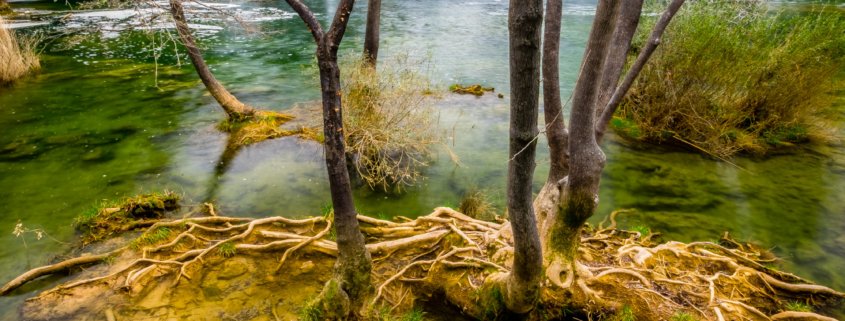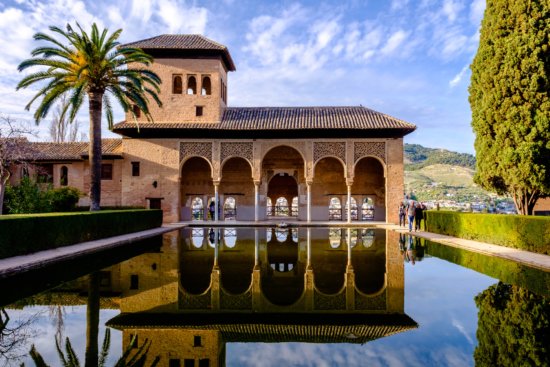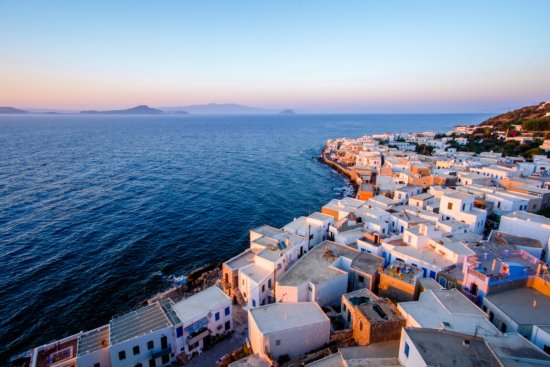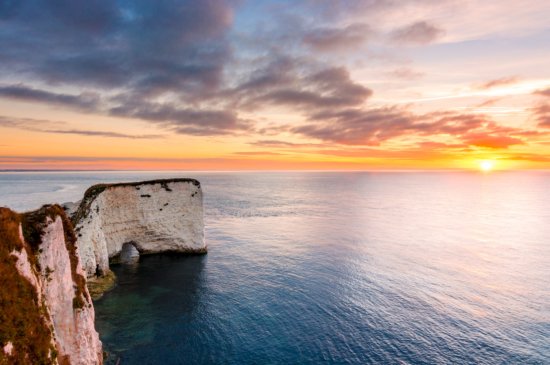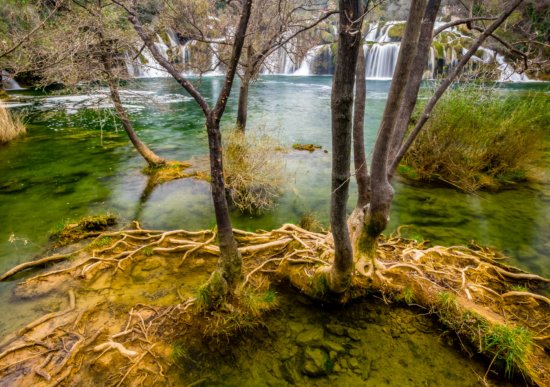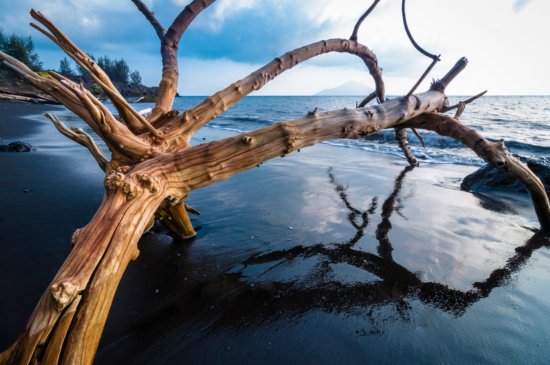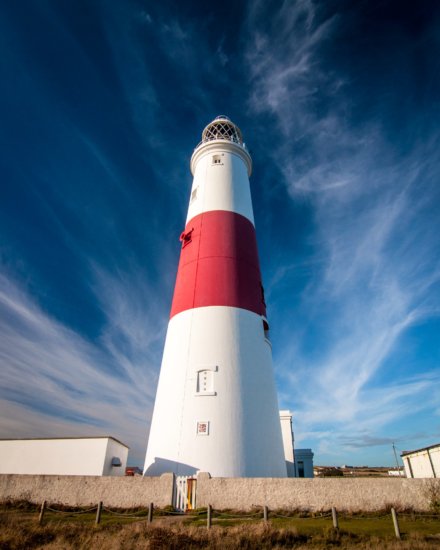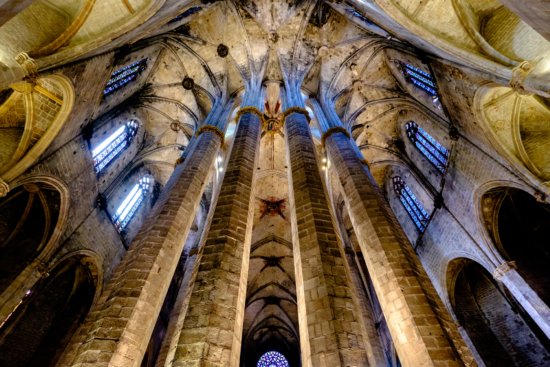5 Strategies to Tame a Wide Angle Lens
Here’s the confession of a wide angle lens addict:
Hi, my name is Ugo and I am addicted to ultra wide angle and wide angle lenses.
While the wide-angle lens is a staple of landscape and nature photography, I find that short focal lengths lend themselves well to a range of situations. At the same time, the wide-angle lens is a harsh mistress that is not easy to use properly and that can create a number of issues, including:
- Converging verticals
- Uneven polarization
- Compositional clutter
- Stretched corners
In this article, I present five strategies for dealing with the exaggerated perspective and distortion that can result from the use of a wide-angle lens, especially when used with a certain class of subjects.
Keep the Camera Straight
Converging verticals in architectural shots are caused by the inclination of the camera on the vertical plane. When framing a building from a close distance, we’re often forced to tilt the camera upwards and the resulting perspective, which looks natural to our 3D vision, looks bad when projected onto the 2D frame. Using a wide-angle lens, we tend to get closer to our subject and this enhances the perspective and its consequences.
As a countermeasure, try to keep the camera as straight as possible along all three spatial axes. This is not always possible, however, when the distance from the subject is small compared to its height. In this case, we are forced to point the camera upwards if we want to frame it all. At the very least, try to stand exactly opposite of the center of the building’s facade and be careful not to rotate the camera in the left-right direction. It is relatively easy to correct vertical distortion, but when we add horizontal distortion to the mix, fixing both can become quite complicated.
When taking the photo below, I was very careful to position myself perfectly in front of the entrance of the building and put the latter at the exact center of the photo. By putting the horizon close to the center, I was sure I had the plane of the sensor perfectly aligned, even though I couldn’t use a tripod or a spirit level. Consequently, the image didn’t require any perspective correction in post (though I couldn’t get rid of the tourists).
Choose Distant Subjects
Many beginners mistakenly believe that the main benefit of a wide-angle lens is to “take it all in.” Because the field of view is so large, they think it’s a good thing to include as many elements of the landscape as possible. Seasoned photographers, however, know that the most effective use of wide-angle lenses is to exaggerate the perspective and make objects close to the lens look larger than they are. This is a well-known compositional technique that is sometimes carried too far, but that can be effective if used with moderation.
The problem again is that, by exaggerating the perspective (especially with geometrical subjects whose lines are supposed to be straight and parallel, like buildings), we introduce problems such as converging verticals.
As everyone should know, perspective depends exclusively on the relative distances between the camera and the subjects, not on the focal length, so it is definitely possible to maintain natural proportions and to avoid too much distortion, even when using a wide-angle lens, as long as you keep enough distance between the camera and the subject. If you do this you are definitely forsaking the possibility of having a strong foreground in most cases, but sometimes you have to adapt and bite the bullet. Use leading lines and curves, whenever possible, to guide the viewer’s eye towards the focal point of your composition.
Below are some examples, shot with focal lengths ranging from 18mm to 24mm (in 35mm-equivalent terms).
Leave Room for Corrections
Sometimes you can’t avoid having converging verticals in your image. In this case, make sure you leave enough room around your main subject so that you can crop freely.
In the case of the image below, I had to point the camera slightly upwards, due to the height of the building, but I was careful not to completely fill the frame. When I straightened it in post (second image) I had to crop a bit of the blue sky, but that was no problem at all.
Choose Suitable Subjects
There’s a reason why people who are serious about photographing architecture use tilt-shift lenses. These lenses allow them to correct the perspective of buildings in-camera, without resorting to complicated post-processing steps at the computer. Nature photographers have it comparably easier because natural subjects rarely have straight, parallel edges; the effect of perspective distortion is less obvious.
If you choose subjects with lots of curved lines, you can shoot close to your foreground for more compelling compositions and not be bothered by converging verticals.
Embrace the Distortion
Even architectural subjects can look great if shot from a close distance and looking upwards, converging verticals be damned! This can add drama and make your subject look more imposing and majestic.
For these kinds of shots, I recommend placing your subject right in the middle of the frame, ignoring the rule of thirds. If you put it on the side, it will look really bad.
In Summary
So, here you have it… a bag of tips to get the most out of your wide-angle lens and to learn to love it. To summarize, the following:
- As much as possible, keep the sensor straight, perfectly vertical, and parallel to the front of your subject.
- Make your life in the digital darkroom easier by leaving space around the main subject.
- Stay away from your subject while, at the same time, striving for a compelling composition.
- Choose natural subjects with limited straight and parallel lines.
- Embrace the distortion and use it to make your subject loom larger-than-life.

